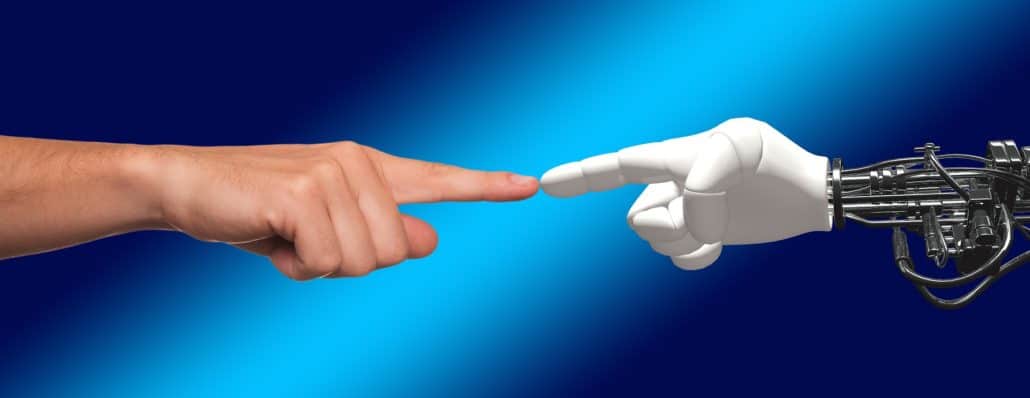Primarily, biotechnology is any technology based on living organisms. This may be harnessing molecular and cellular processes, or creating technologies and medical devices that replicate these processes in order to improve our lives. Humans have been using biological processes for thousands of years to make and preserve food products, but today the field is much broader. A biotechnology expert may work in a variety of fields; anything from developing cleaner energy, to advancing medical technologies.
One of the larger fields is the development of medical devices, and even this field has many different facets. There are many different types of medical devices, but one of the most common is a pacemaker. A cardiac pacemaker implanted in a vein works by using sensors to send electrical pulses to the tissue. This causes the muscles to contract and regulates the function of the heart. One of the most recent developments using this sort of technology has come in the area of paralysis patients.
Medical device experts at the University of Melbourne are working on technology similar to a pacemaker to help paralyzed individuals walk again. Researchers have developed a stent-based electrode (stentrode), the size of a small paperclip, which interprets brain activity. The stentrode can be implanted within a blood vessel next to the brain, eliminating the need for high risk open brain surgery during the implantation. Once recorded, the brain activity signals received by stentrode are converted into electrical commands that control the movement of devices like an exoskeleton, prosthetic limbs, or wheelchairs. Currently these devices are controlled manually by manipulating a joystick, but these medical device experts have developed the first stentrode that allows these devices to be controlled directly with thought.
While the stentrode is limited to controlling another device, researchers at Duke University have trained individuals using brain controlled robotics to regain sensation and muscle control in previously completely paralyzed lower limbs. Biotechnology experts worked together to create a brain-machine system that directly connects the brain to control computers or prosthetics. Patients also used virtual reality to see themselves moving their legs and walking. Previous research shows that even those patients diagnosed with complete paralysis still have some spinal nerves left intact, though they may be dormant. The goal of this kind of training is to wake up whatever few nerves may be left because they still might be enough to convey the motor signals from the brain. After one year of this training, four of the eight patients regained enough motor function in their lower limbs for doctors to switch their diagnoses from complete to partial paralysis.
Neurologist, Dr. Miguel Nicolelis at Duke University worked for decades with medical device experts to develop this method of training; a brain-machine system along with virtual reality. They began with teaching rats to control a lever with their minds in order to get a drink of water, and they eventually taught monkeys to control a 3D avatar of themselves again using only brain activity. The biotechnology experts also helped them develop their paralysis training to be so specific that the patient has a different sensation and uses different muscles when walking on sand as opposed to on concrete. These advances are at the cutting edge of medical device technology.
The growth of medical devices and the advancement of biotechnology are just beginning. With the integration of these different fields, both medical device experts predict major growth and development within the next decade or even sooner. Our subject matter expert catalog is constantly growing across different technologies and industries including biotechnology and the corresponding engineering support. View our expert profiles, if you don’t see a technology or expertise, contact us and we will be happy to assist you.

